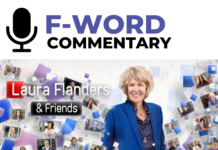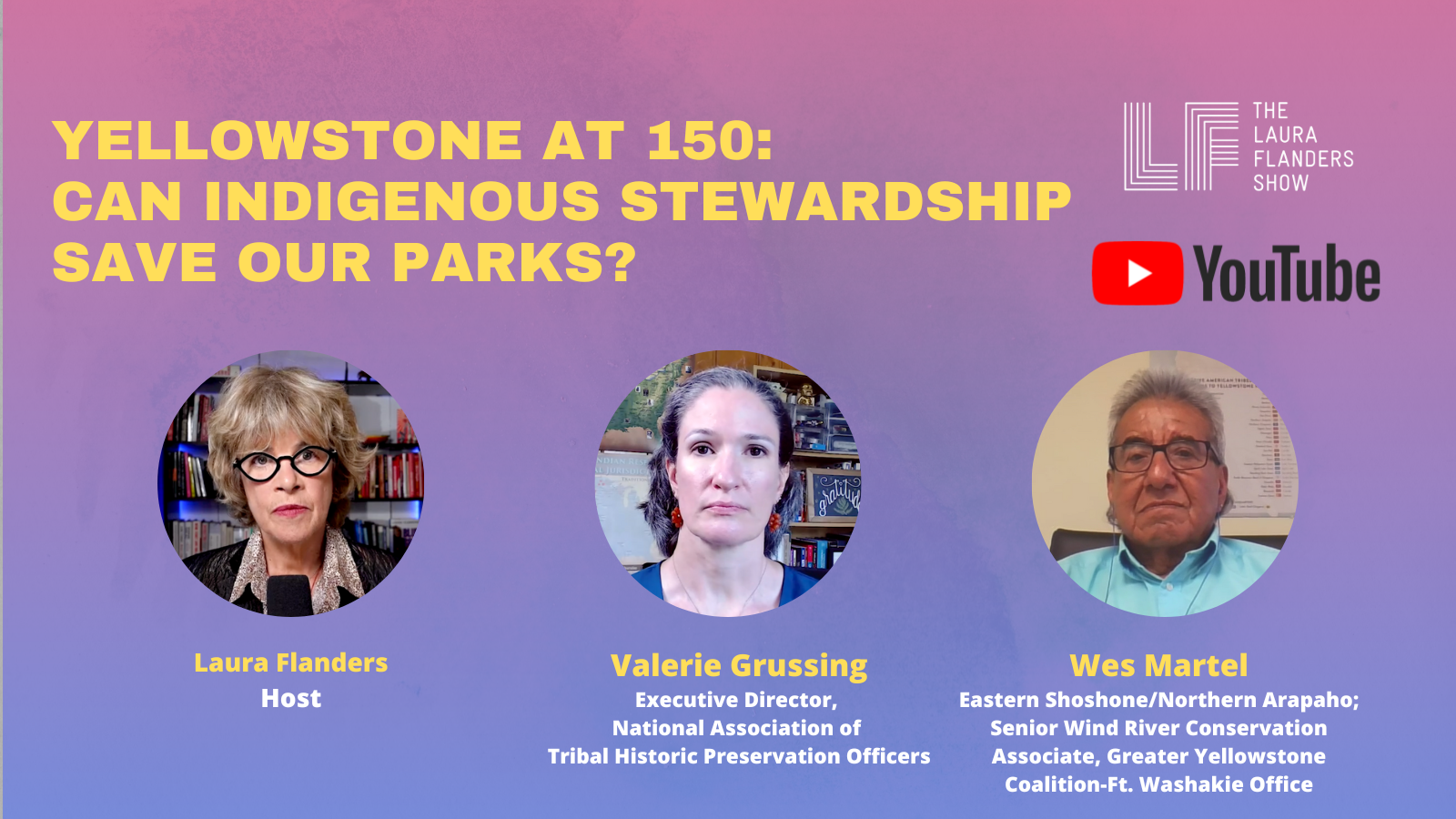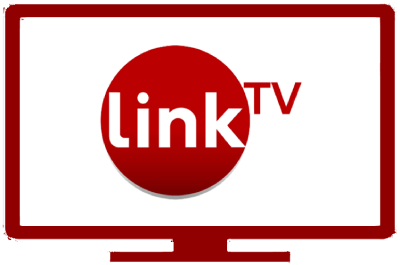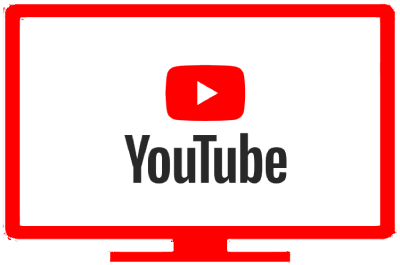Pledge as little as $3/month for early access to the full, uncut conversation.
For more full, uncut conversations, subscribe to The Laura Flanders Show podcast or support us on Patreon.
150 years after Congress established Yellowstone National Park, it remains the jewel of a system that comprises some 400 national parks. But for Indigenous Americans, the history is bitter. Thousands were forced to leave, families were massacred, and the Army was brought in to exclude Native Americans. Today, as droughts, floods and fires threaten the parks, many are calling for Indigenous control. Indigenizing the National Parks wouldn’t just be morally and legally right, but it just might be what saves the parks for future generations. Wes Martel of the Eastern Shoshone, and Valerie Grussing, Executive Director of the National Association of Tribal Historic Preservation Officers — fill Laura in on a recent Inter-Tribal Gathering that examined this question. And we’ll hear closing remarks and a water prayer from Faith Spotted Eagle of Yankton Sioux Nation. Should non-Indigenous people even go to Yellowstone? Laura asks, and what do Indigenous people want for the future?
Guests
- Valerie Grussing, Executive Director, National Association of Tribal Historic Preservation Officers;
- Wes Martel, Eastern Shoshone/Northern Arapaho; Senior Wind River Conservation Associate, Greater Yellowstone Coalition-Ft. Washakie Office
Portions of this interview are featured in our episode “Yellowstone at 150: Can Indigenous Stewardship Save Our Parks?”.

















